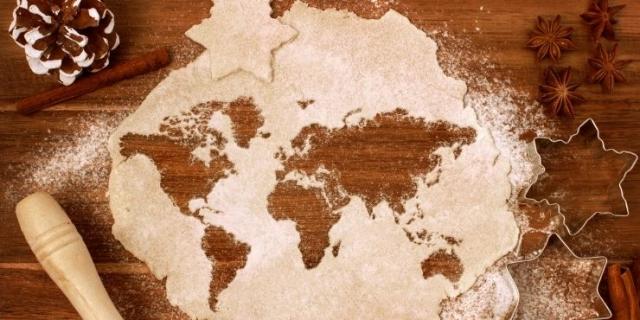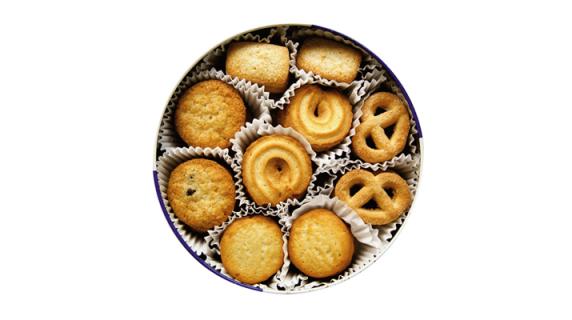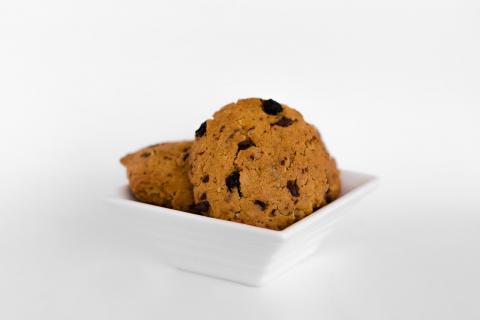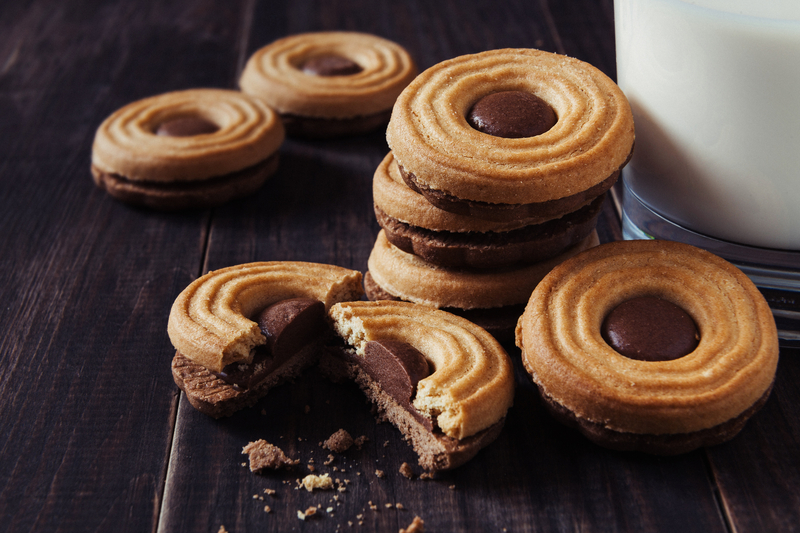Shelf-Life of Lactation Cookies
Hi All,
I am a home-based manufacturer of Lactation Cookies for breastfeeding mothers. I am now slowly scaling up my business and am in need of some help increasing shelf-life of the product as I have now started supplying to retailers. Currently the shelf-life is around two weeks. The ingredients that I use are Wheat Flour, Cake Flour, Eggs, Butter, Margarine, White Sugar, Brown Sugar, Oats, Vanilla Essence, Baking Powder, Baking Soda, Semi-sweet dark chocolate chunks, nutritional yeast and flax meal. The product is packaged in a resealable laminated kraft pouch and heat-sealed.
Another point is that I live in Sri Lanka, a tropical country, with an ambient temperature of around 30C and humidity of around 80%.
Since my product is sold to lactating mothers I am not really willing to add any chemical preservatives, would anyone be able to give me some tips on where to begin?
A few ideas I have been given are to reduce water activity by substituting butter and margarine with shortening, but the shortening available here is quite horrible. Any suggestions are welcome.
Thank you in advance!


A short piece about Saint Nicholas' inspiring life, as well as biscuits made for the special day.

If you like to travel and also like to eat cookies this article is your meant to be! Enjoy reading about the most famous cookies around the world.

Halloween trends for this year are spooky good: including biscuit brands that offer BOO Oreos, Reese's Pumpkin special stories and more – sit back, ti...

Danish Butter Cookies comprise five cookies, including deposited and rotary moulded cookies.

How to make chocolate chip cookies? Process for chocolate chip cookies – short cookies with inclusions of chocolate chips or nuts.











The score is based on the number of created courses at BPA (150 points per course), the number of the lectures given at BPC (100 points per lecture), published articles (20 points for every approved article in Our Experts category ), number of resolved questions (10 points for every resolved question) and the number of asked questions (5 points for every asked question). The list is showing only top 10 biscuit industry experts.


